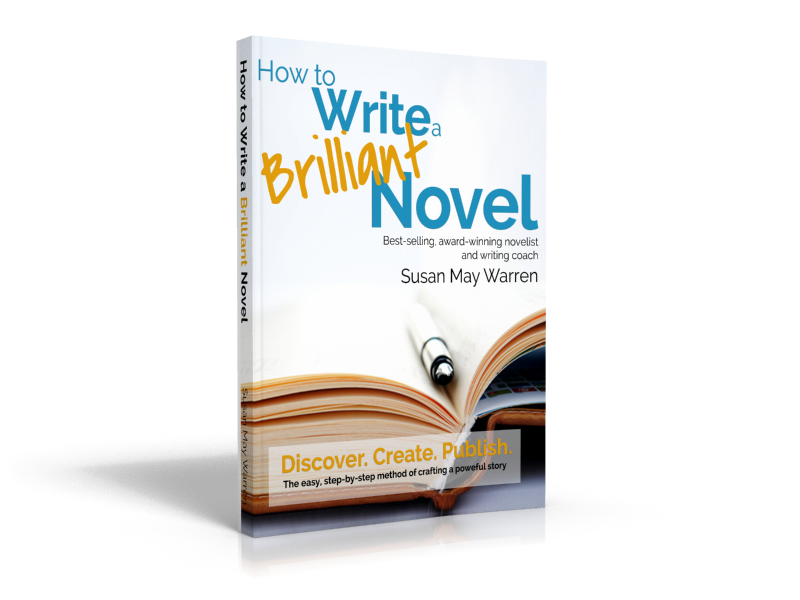It’s all about story.
No, wait. It’s all about characters. Or – what about the plot?
These comments are constantly batted around at writer’s conferences, in libraries, over mocha-lattes and in book clubs. What makes a story powerful, something you want to pass along?
All of the above. Because story, plot and character all conspire to create the one thing a reader must have in order to enjoy – and pass along – a story.
The emotional connection.
Let’s stop here and just remind ourselves what a story is about: A sympathetic character who wants something, for a good reason, and has something to lose (aka, a problem) who goes on a quest to attain that goal and solve that problem. He faces substantial internal and external obstacles, and discovers he must change and grow to overcome them until he finds himself in a new—better–place at the Happily Ever After ending.
How well our reader connects with and cares about this character determines the success of a story. In other words, if they’ve gone on the journey, emotionally, with the character, then the author has done his job.
Because, if a reader is emotionally invested into a story, they will be glued to the outcome, cheering for the characters, weeping with them when they fail and ultimately learn the lessons the characters learn in the finale of their journey. And, in this way, they’ll be forever impacted by the story.
I’ll say it again: The job of an author is to make a reader care, and they accomplish this by creating an emotional connection with the reader. If a reader feels the story and lives the story, then they will like your story. Yes, having a well–written book is important, because glaring errors pull readers out of a story and distance them. A smoothly written story, and a well-crafted plot pull a reader in.
And it’s this connection that causes stories to change lives forever–they are carried in the hearts of readers, passed from friend to friend, generation to generation and ultimately make a mark on the world with the truths held inside.
Think about it.
What stories have changed you? To Kill a Mockingbird? A Christmas Carol? Little Women? The Adventures of Huckleberry Finn?
Think about the books you loved as a child. Did they empower you? Inspire you? Anger you? How did they shape your view of the world?
Did you read the Shack? Millions read the book, and it touched people on a deep level, regardless of whether you agreed with the theology.
I was forever changed by Francine River’s Redeeming Love – the rewritten Biblical story of Hosea and Gomer. A romance, yes, but deeply impacting to the point where it changed my view not only of romance, but of God.
How about that for leaving a legacy?
And isn’t this, deep down, the desire of all authors? Sure, we want to make money, and we’d like our stories to be critically acclaimed, but at that end of the day, most authors would admit to wanting to be listed among the books that mattered most.
The ones readers tally on their must-read lists.
So, how does an author create an authentic, powerful emotional connection with a reader?
As an author who’s written over 50 novels, many of them award-winners and best-sellers, I’m always striving to reach for the higher shelf with my writing, and deepen that connection with my readers.
One might think that a great story has layers of characterization and devices hidden in the prose to tug at the readers emotions. I’ve sat in classes and read books where authors suggest a 100-point checklist in building a character. My brain suddenly blows up and I run in search of chocolate. Seriously? How do I even think of 100 things about a character? And then, how do I make him change?
Thankfully, the answer to powerful storytelling does not lie in making the stories and characters more complicated. Storycrafting and Character building don’t have to be mind-numbing and confusing.
Just the opposite, in fact. That doesn’t mean our stories or characters are simple, shallow or even mundane, but rather the process to getting at the heart of a character, crafting the plot around the character’s journey, and helping the reader relate to the character is simplified.
As I have developed my storycrafting over the past decade of writing, I came upon a journey that has helped me break down the storycrafting and characterization into one simple “equation” or process that is both organic and. . .easy. Seriously.
In fact, you’ll be shocked at how easy. And simplified. And, dare I say it . . . fun?
I’ve named it the Story Equation, (the SEQ) but listen, if math freaks you out, like it does me, then delete the word Equation and think…diagram. Or step by step ingredient list.
Hey, you can even call it the story doughnut if that helps. The key is, all the pieces start with one easy question…and add up to a brilliant story. We’re going to work through the SEQ this year on Monday’s blogs…but let’s start with these simple questions:
- What are your favorite stories?
- Why did you like them?
Now…take those answers and ask yourself: Am I putting those elements into MY books?
If not, you know what you need to do.
See you next week! In the meantime, Go! Write Something Brilliant!

(P.S – Wanna learn my secrets? How to Write a Brilliant Novel! Only $4.99 on Kindle!)

Comments 1
Susan, thank you for simplifying STORY. For a long time, I was one of those people who thought that creating a story was a complex feat that required a special genius. But through your StoryCrafters Program, I am learning that Story is at its heart, an emotional connection with the reader. Granted, there are specific techniques to achieve that connection, but you have made those techniques understandable in a way that is highly commendable. Thank you!